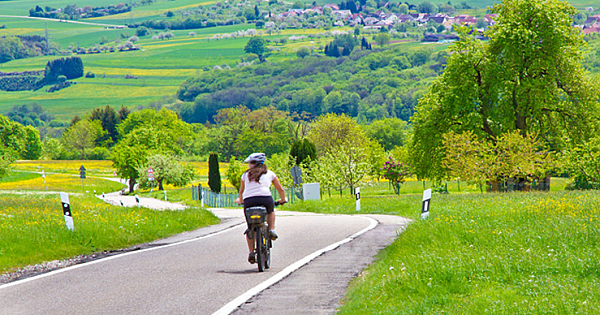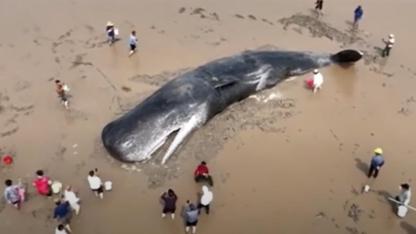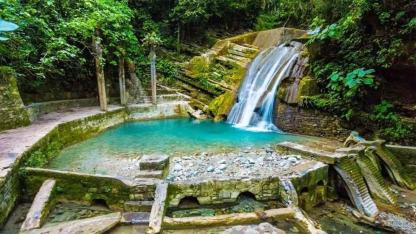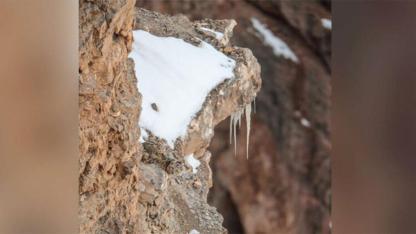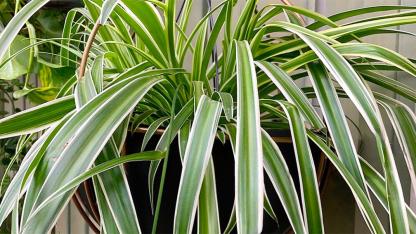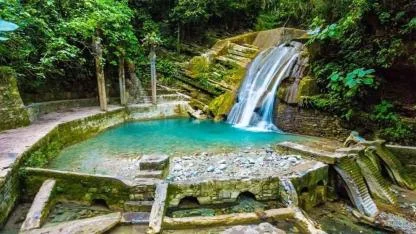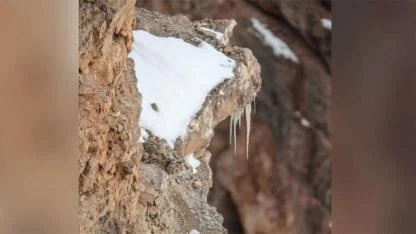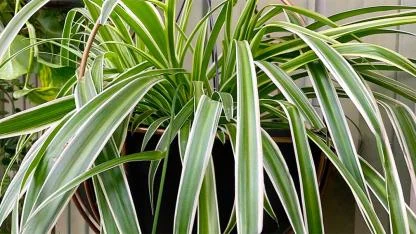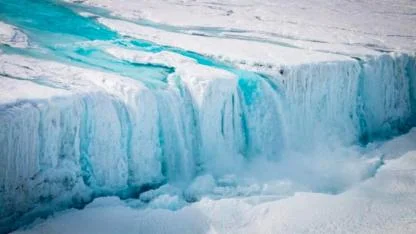Germany Opens 62-Mile Bicycle Highway That's Completely Car-Free
Germany has opened the first 3 miles of a car free bicycle highway that will eventually span over 62 miles. It will remain completely free of motorized vehicles and unlike a bike path, this autobahn-style roadway for bikes has passing lanes, overpasses, underpasses for crossroads and even streetlights. Cyclists won’t have to worry about trucks zooming by or bus lanes and it will be cleared of snow in winter.
Yayınlanma :
08.07.2019 02:41
Güncelleme
: 08.07.2019 02:41

